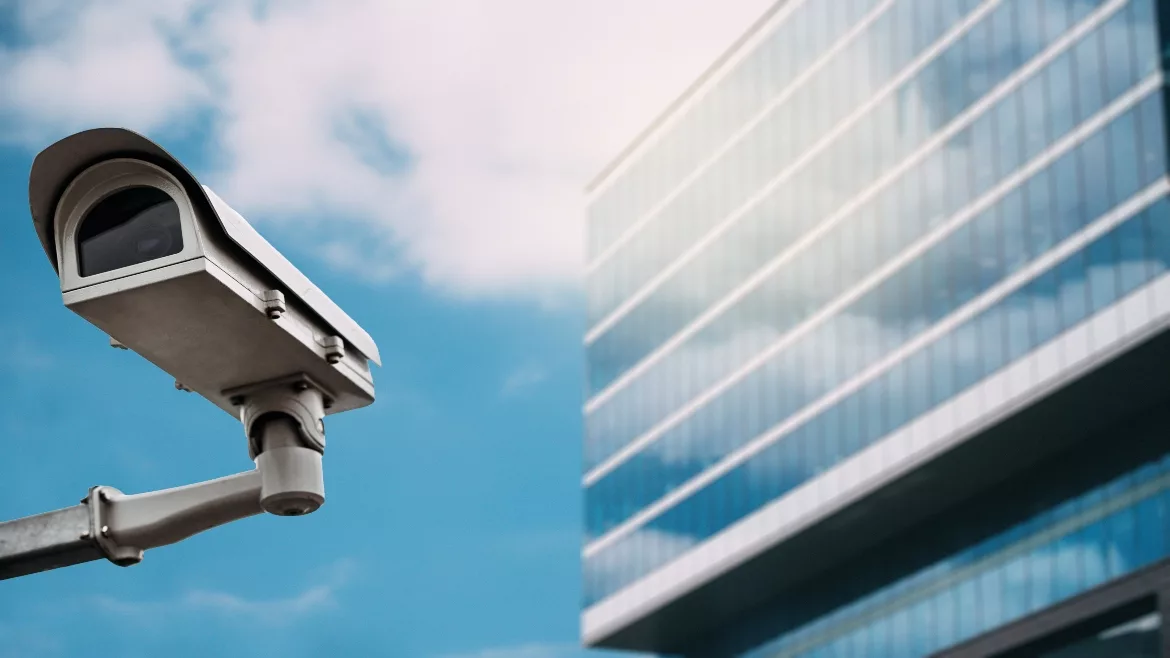The hidden costs of alarm systems (and how to avoid them)

Image by hellodavidpradoperucha via Freepik
In many ways, implementing a cost-effective physical security solution is a long-term play. Beyond the upfront price, which can be high for enterprise deployments, organizations must consider the hidden costs that add up over time.
Significant as they are, the expenses that ultimately create a high total cost of ownership (TCO) aren’t always communicated, anticipated, or even immediately apparent. Let’s explore four of the most common hidden costs to look out for when evaluating commercial alarm systems for your organization.
1. Theft Due to Gaps in Coverage
This hidden cost is pretty straightforward: incomplete security coverage creates vulnerabilities that, if exploited, can lead to losses from theft, vandalism, and other incidents. Traditional alarm systems that rely solely on intrusion sensors, like motion detectors, make it difficult to monitor every corner of a property, especially for large, multi-site organizations.
Drive-through or drive-by security is similarly inadequate. For example, one storage company responsible for more than 100 sites previously hired a private security guard to drive through their properties periodically. This service costs them $1,000 per month per location. Even if the company hired drive-through security for just half its sites, the cost would easily exceed $50,000 a month.
And yet, the storage company continued to experience security incidents (it’s not difficult for an intruder to spot oncoming headlights and hide). Not only were they paying thousands of dollars for an inadequate security service, but they also had to factor in losses from theft and vandalism that continued to slip through the cracks.
So how do organizations avoid the cost of theft due to gaps in coverage? Alarm systems that integrate with video security can use cameras and intrusion sensors to detect threats better.
After determining that the previous approach was insufficient, the storage company pivoted to this approach by implementing a system that uses their security cameras as alarm triggers, supplemented by 24/7 professional monitoring. Not only did this provide them with increased visibility into the activity on its properties, but the company was also able to reduce incident response times from eight hours to ten minutes. That’s across 6.3 million square feet of storage space.
2. False Alarm Police Calls
Alarm systems are highly effective deterrents against burglary. However, false alarms account for 94-99% of police alarm dispatches. Beyond diverting police resources, false alarms pose a high cost to commercial businesses.
One retailer with more than 40 locations experienced about 20 false alarms per month, costing them at least $500 in fines. To tackle this issue, they upgraded their security system with integrated video verification, a service where professional monitoring agents review video of alarm events in real time and screen out false alarms. By reducing these false alarms, this retailer saved over $150,000 annually.
3. Service Fees for Backend Changes
This new system helped that same retailer eliminate its regular service fees ($85/hour). Retailers can overcome the high cost of service fees by implementing a commercial alarm system with:
● User seats and tech support included in total upfront cost
● Drag-and-drop interface on a cloud platform to customize alarm triggers and responses
● Centralized, web-based management of contact lists and site rules across all locations
● Reporting and data visualization to keep teams informed of system performance and status
4. Maintaining Security Monitoring Hardware and Equipment
An additional problem that companies face is that of scale. Across dozens or even hundreds of locations, incremental additional charges costs can add to dramatic monthly line items. That goes for repairing and replacing equipment, which can inflate the total cost of ownership for an enterprise-scale alarm system.
To avoid high maintenance and repair fees, organizations can look for a system that stands by its hardware products and look for those that guarantee performance for 10 years or more.
Last Thought: The Price Tag Doesn’t Always Tell the Whole Story
For many enterprise-scale alarm systems, the initial investment and surface-level cost are only the tip of the iceberg. The last thing you want is to discover down the road that the total cost of maintenance and poor usability are hampering the long-term scalability of a solution. Unfortunately, this is more often than not the case.
Let’s be frank: the initial investment for premium systems is considerable. However, these systems don’t surprise you down the road with any hidden costs described above. In the long run, their cost-effectiveness and scalability allow organizations to reduce ownership costs. Security teams and their organizations can rest easy knowing that security technology and 24/7 professional monitoring can help to protect their people and assets.
Making the initial investment well worth it.
Looking for a reprint of this article?
From high-res PDFs to custom plaques, order your copy today!




.webp?height=200&t=1744084367&width=200)

